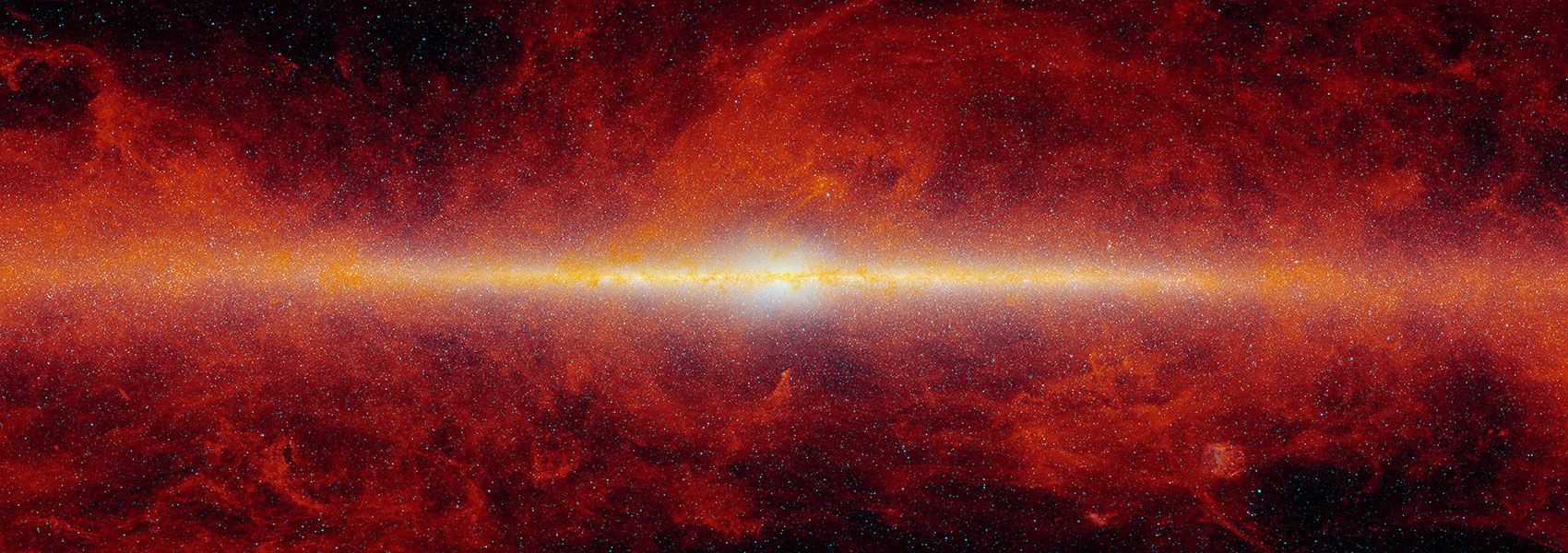October
2010
•
2010A&A...521A..65N
Authors
•
Nesvadba, N. P. H.
•
Boulanger, F.
•
Salomé, P.
•
Guillard, P.
•
Lehnert, M. D.
•
Ogle, P.
•
Appleton, P.
•
Falgarone, E.
•
Pineau Des Forets, G.
Abstract
•
We present a detailed analysis of the gas conditions in the H2 luminous radio galaxy 3C 326 N at z ~ 0.1, which has a low star-formation rate (SFR ~ 0.07 M⊙ yr-1) in spite of a gas surface density similar to those in starburst galaxies. Its star-formation efficiency is likely a factor ~10-50 lower than those of ordinary star-forming galaxies. Combining new IRAM CO emission-line interferometry with existing Spitzer mid-infrared spectroscopy, we find that the luminosity ratio of CO and pure rotational H2 line emission is factors 10-100 lower than what is usually found. This suggests that most of the molecular gas is warm. The Na D absorption-line profile of 3C 326 N in the optical suggests an outflow with a terminal velocity of ~-1800 km s-1 and a mass outflow rate of 30-40 M⊙ yr-1, which cannot be explained by star formation. The mechanical power implied by the wind, of order 1043 erg s-1, is comparable to the bolometric luminosity of the emission lines of ionized and molecular gas. To explain these observations, we propose a scenario where a small fraction of the mechanical energy of the radio jet is deposited in the interstellar medium of 3C 326 N, which powers the outflow, and the line emission through a mass, momentum and energy exchange between the different gas phases of the ISM. Dissipation times are of order 107-8 yrs, similar or greater than the typical jet lifetime. Small ratios of CO and PAH surface brightnesses in another 7 H2 luminous radio galaxies suggest that a similar form of AGN feedback could be lowering star-formation efficiencies in these galaxies in a similar way. The local demographics of radio-loud AGN suggests that secular gas cooling in massive early-type galaxies of ≥1011 M⊙ could generally be regulated through a fundamentally similar form of “maintenance-phase” AGN feedback.
Based on observations carried out with the IRAM Plateau de Bure Interferometer.
Links




